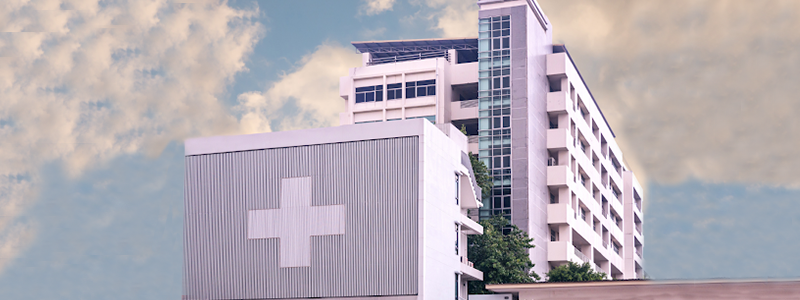Healthcare capital programs face unique challenges compared to other industries. Healthcare capital investments often involve renovating existing facilities which requires working with existing, and often outdated infrastructure. This increases the complexity of design and the cost/duration for construction, which increases the number of participants in a project (internal PMs, operations, external consultants, etc.) The teams are also trying to keep up with the ever-increasing regulatory and safety requirements utilizing existing systems and reduced staffing due to the desire to cut costs across the healthcare system.
In the healthcare sector, designing and building require working with a very dynamic and wide-ranging group of stakeholders that includes senior leaders, nurses, doctors, infection control professionals, finance, procurement, materials management team, housekeeping, IT, safety, and environmental health, security, etc. All of these teams are incredibly busy and are also constantly finding ways to cut costs in their own areas. This increases the complexity of the design and overall project coordination, requiring more time and resources from the capital team.
During a time when care models are changing and new spaces are needing to be built, there is a lack of experienced talent in healthcare capital departments. Current project managers are learning new requirements and adapting to building different kinds of spaces as care models change. So, clearly, the time for onboarding and training new staff members is limited. While already stretched for time, the teams are trying to manage information using multiple platforms including a (potential) Project Management Information System (PMIS), emails, financial systems, shared network drives, etc.

Being able to address these challenges will be key to the success of healthcare capital departments. So finding ways to overcome these challenges is a constant pursuit that capital teams should concern themselves with. And in my own professional experience, I have worked with various sizes of such teams to address these challenges.
Capital teams can overcome these challenges through the following actions:
1. Centralize communications and information that is used to manage capital projects – This involves centralizing information into a PMIS or connecting multiple systems to centrally house critical project information. Using systems such as e-Builder, kahua project management software Houston, Procore, and others, allow the capital team to effectively collaborate with external contractors and vendors. This in return, helps to keep the data reviews and analysis simple, thereby freeing up time for team members to focus on complex design and construction work.

2. Invest in data/analytics to track Key Performance Indicators (KPIs) – This involves defining KPIs for the program and defining the data sources that track that information. Quite often the data exists in multiple systems and requires integration and/or a third-party reporting system (Microsoft Power BI, Tableau, etc.) to put it into a format useful for review and decision making. This provides capital programs the intelligence needed to make good decisions about the current cash flow and future investments.
3. Standardize forms and processes used with other departments (PCRA, ICRA, ILSM, incident reports, etc.) – This involves standardizing the formats of these interactions and digitizing them into a PMIS or other systems that are being used to manage capital projects. Doing this makes the interactions between capital teams and other healthcare departments more efficient and predictable for the team members executing them.
4. Clearly document policies and procedures – This involves creating a manual or a “Playbook” (see separate blogs about these here – insert link) outlining the key steps and approvals/milestones of the project process. It can help orient new employees to the process and reduce the burden of already overworked staff in communicating these items to new team members.

Proper and timely investments in new buildings and technologies certainly help position organizations for future success in the ever-changing landscape of healthcare. Capital programs can drive improvements to their process by addressing the challenges identified above, and implementing some of the solutions previously mentioned. In our next blog, we’ll outline specific steps that programs can take to identify and implement some of the items mentioned above.
Author Biography
Bret Elam is an experienced healthcare project and operations manager. He has been responsible for managing the planning/design/construction of projects for a large healthcare organization. Bret has also implemented/updated PMIS systems in healthcare and other organizations while overseeing non-clinical operations in a COVID-19 field hospital.

